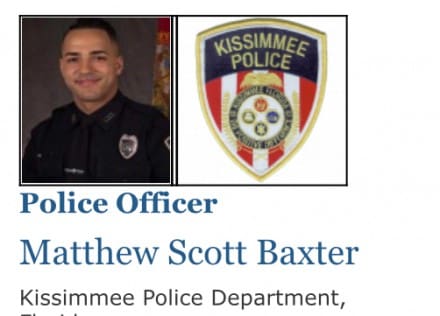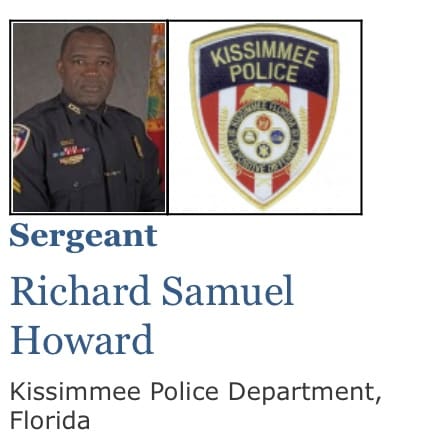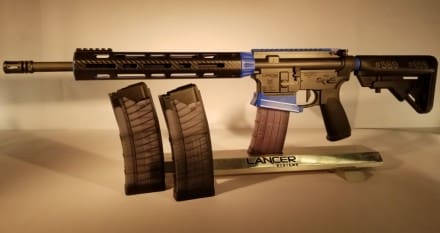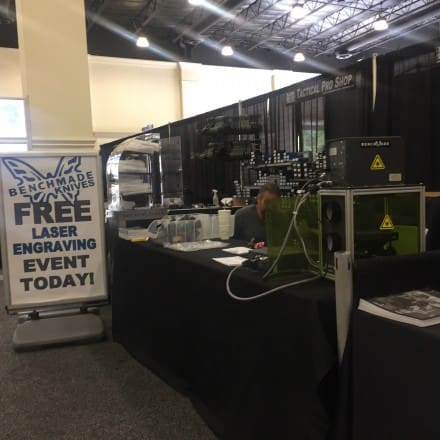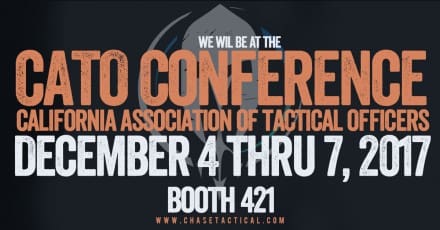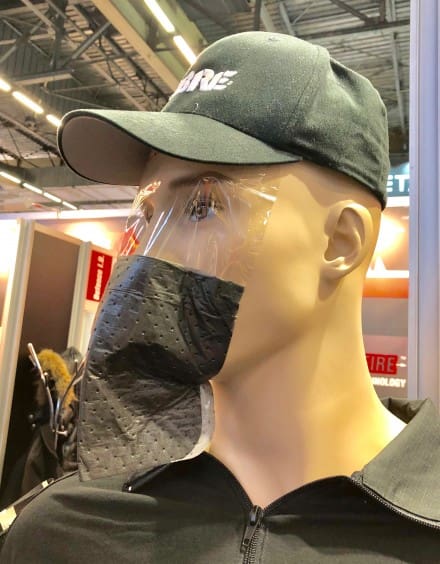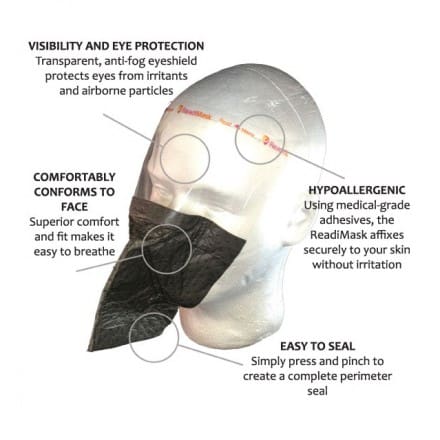The James Torkar Educational Scholarship Program application period is open from Nov. 1, 2017 through April 1, 2018 for dependent children of active NTOA “Individual” members.
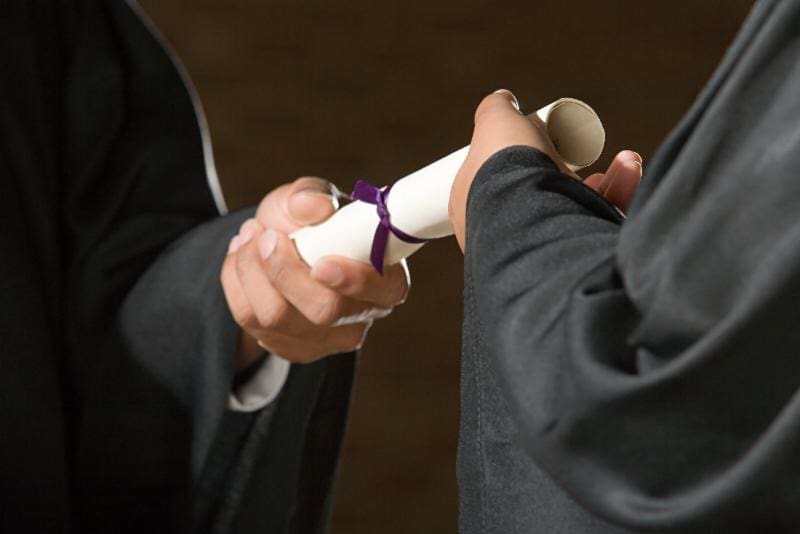
Doylestown, Pa. (November 2017) – The National Tactical Officers Association (NTOA) is pleased that the James Torkar Educational Scholarship Program application period is now open from Nov. 1, 2017 through April 1, 2018. This program benefits dependent children of members with active NTOA “Individual” memberships that are at least 16 years old and U.S. citizens. It provides funding for college tuition and other eligible expenses, such as room and board, required books, required supplies, required equipment, mandatory fees and / or special needs services.
For the 2017/2018 Scholarship period, two, $2,500 scholarships will be awarded to each region: Eastern, Central and Western.
Scholarships may be awarded one of two ways:
The creation and funding of an IRS 529 College Savings Plan.
Direct payment to the educational institution.
Under current IRS regulations, a 529 plan fund grows tax-free from federal income tax and when used for qualified higher educational expenses may be withdrawn free from federal income taxes. The NTOA Educational Scholarships will be awarded with a parent or duly appointed guardian as the owner and the dependent child as the beneficiary.
Previous recipients had this to say about receiving the James Torkar Educational Scholarship:
“As a winner of the James Torkar Educational Scholarship, I have been empowered to pursue both my short- and long-term educational and career goals. Thanks to the scholarship, I was able to live on campus and finish my freshman year at the University of Nevada, Reno with straight A’s and a confirmed passion in my studies.”
~ Adam Cassell, 2015 Scholarship Recipient
“I am incredibly grateful to the NTOA for providing opportunities to students like myself. With it, I have been able to kick start my plans for the future and get that much closer to reaching my goals.”
~ Rhianna C. Marchand, 2015 Scholarship Recipient

Cmdr. Jeff Selleg and Mackenzie Selleg – 2013 Recipient
“I am so grateful for the support from the NTOA and am trying to use this scholarship to its fullest potential. You all impact lives every day, and thanks to your support, I am able to make a difference as well and will continue working to create change.”
~ Mackenzie Selleg, 2013 Scholarship Recipient
“The James Torkar Educational Scholarship helped me go to an out-of-state school that is ranked in the Top 10 in my field of study. I am forever grateful for the opportunities provided by the NTOA that have supported my family and myself during my college education.”
~ Sydney Teal, 2012 Scholarship Recipient
Read more stories from previous scholarship winners here.
Any active “Individual” member may sponsor a child of a deceased NTOA member for a scholarship. Family members of NTOA employees and directors are not eligible for this award. A nominated individual may only win one NTOA scholarship.
Nearly all colleges, universities, community colleges, law, medical or business schools qualify. Many career or technical schools are eligible. The school must be eligible to participate in the federal financial aid programs. The National Tactical Officers Association is an IRS 501(c)(3) charitable organization. Additional questions may be emailed to scholarships@ntoa.org or call 800-279-9127.
For more information on the National Tactical Officers Association, visit www.ntoa.org or call 800-279-9127. Join the NTOA today and start receiving the benefits of better training and stay on top of the ever-changing and challenging world of law enforcement.


